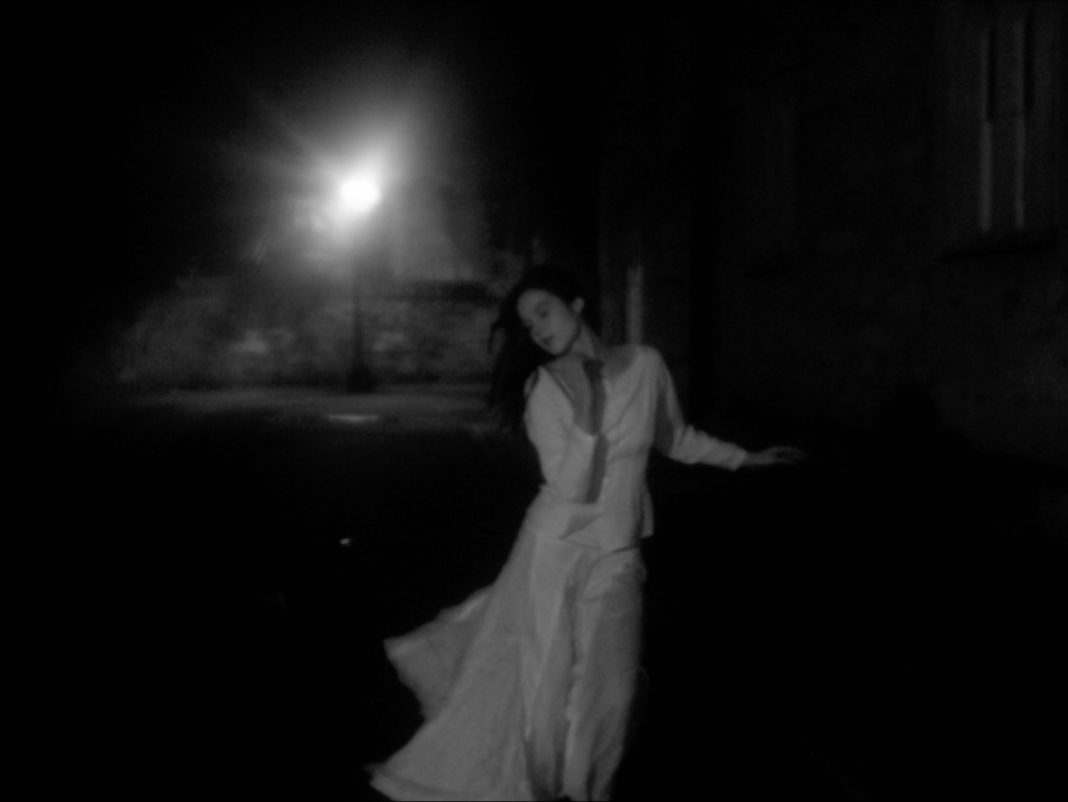Making short films is hard. You have anything between two and 20 minutes to tell a compelling story. As an audience member, they can often feel unsatisfying. However, for many filmmakers, the format is less about narrative and more about experimentation, less about a cohesive plot, or in-depth characterisation and more about an initial foray into a theme, about raising questions. It is certainly true that looking back on the short films of now-lauded directors – from Bong Joon-Ho to Paul Thomas Anderson – it is precisely the seeds of what later fuelled their feature films which strike us. But if it is hard to make a short film on any budget, it is even harder to do so on the unavoidably limited student budget.
Comfort Tanie Maseko, director and writer of Cherubs Grow On Trees, which was filmed during their time at Oxford, describes the production as a “zero budget, student short film”. The end result becomes, in the light of this statement, even more admirable. This is not to say that the film is perfect, or that it doesn’t feel like it was made by a group of talented students, rather than seasoned, industry professionals, but that with a runtime of only eight minutes it submerged me in its world and left me wanting more.
The first thing that will strike you about Cherubs Grow On Trees is how beautifully it is shot – particularly its first section. The film – a self-proclaimed gothic, romance drama – follows a girl, played by Avania Costello, who has come back to Earth in the form of an angel and seeks to understand her death. Depicting an afterlife or telling a story from the perspective of the dead on-screen is a challenge. How can you film living, material things and give a sense of detachment from life? As the film aptly puts it: “A mind can only wrap itself around so much nothing”. However, Cherubs Grow on Trees – through very well-executed shots – is truly convincing in its depiction of Costello’s distance from what we see around her.
The first part of the film is shot entirely in black and white, with Director of Photography and Colourist Aristotelis Chrysos showing a great command of shadows. The streets and corners of Oxford are bathed in darkness, contrasted with unusually bright lamp posts that take on ghostly presences themselves. Costello’s characterisation is also beautiful. She wears a plain white dress, which not only stands out against the darkness that surrounds her, but is accompanied everywhere by a faint white glow. Often she is out of focus when her surroundings are not, which further gives us a sense of her as a non-corporeal being.
This is where Costello’s performance is also of importance. As the voice-over monologue details her feelings of absolute detachment from the material world, her voice is almost emotionless and her face practically expressionless. Costello’s utter indifference shines through the screen. She wanders through the streets with a strange sense of unshakeable purpose, but simultaneously of utter calm. The dance scene is great at building on this feeling. Accompanied by an ethereal soundtrack composed by Can Arisoy, Costello leaps and turns and shakes in ways that make her body seem impossibly light. The editing of this scene – executed by Joshua Luther Recido, who is also the film’s Sound Designer – is very clever. Recido repeatedly fades shots of Costello’s dancing from different angles into each other, so that her movements often seem to extend unnaturally.
The second part of the film is sadly not as good as the first – although perhaps it is necessary as a conclusion. Although the red cinematography is effective at conveying that this is the scene of an unnecessary death and the reveal of Costello’s dead body is undeniably effective, the introduction of a more conventional narrative in the film’s last two minutes feels rushed.
Cherubs Grow on Trees is a testament to how a creative, talented set of people working together on a film can create good art regardless of budget. After receiving a Special Mention laurel from the 2025 UK Student Short Film Festival, the team plans on submitting the film to the Oxford University Short Film Festival. Hopefully, this will make it available to Oxford audiences on a big screen later this term. In the meantime, you can follow Sixth Inn Productions on Instagram for more details as well as a trailer.


